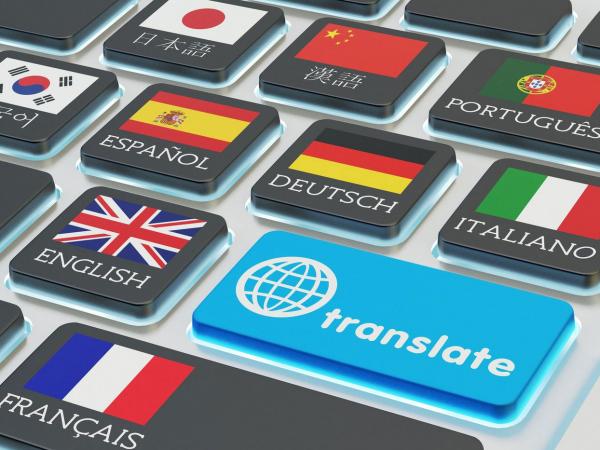
Patent information searching for investigating state of the art is a process of retrieving analogs and a prototype (the closest analog) of the invention and utility model being applied for, with the result being the establishment of whether the applied for invention or utility model meet the patentability criterion of "novelty".
Next, the invention application, if it passes the "novelty" test, is examined for distinguishing features as compared to the prototype, and a more detailed examination is conducted for its compliance with the "inventive merit" criterion.
When examining the state of the art, scientific-technical and patent information is analysed. In the majority of cases, it is published in languages other than the native language of the inventor. This requires translating to the native language of the inventor (applicant) with authenticity to keep the essence of the invention application. This is a very strict requirement, especially in patent cases, with the essence being that of the "force of statements" that can have an effect on the future of the patent application, patent and development of the patenting strategy as a whole. For instance, if being based on the translated materials that would deviate from the primary essence, a decision would be made to select statements that the examination would find erroneous. In addition, based on an erroneous translation, an examiner or the court would make a wrong decision on the invention with a high degree of probability. Therefore, the presence of an adequate translation allows improving the quality of decisions made and reduce the probability of disputes during application examination by the patent agency, court bodies or because of a prejudicial decision on a dispute related to the invention, for example, when establishing the fact of use of an invention.
There is no doubt that using a machine translation of scientific-technical or patent information is not always acceptable. In some cases, especially when there is serious doubt about a machine translation, it is necessary to resort to the services of a translator, especially when filing an invention or utility model application in other countries, including the case of transferring to the national phase of a PCT application.
Inventa experts offer services in searching for and translating scientific–technical and patent information (patent or utility model specifications) from the Ukrainian or Russian languages to English, and for translating invention or utility model applications from English or Ukrainian or Russian.
To determine the cost of a translation, the text size is needed and the subject (microbiology, electronics, medicine, etc.), and the size text in the figures and formulas (mathematical, chemical, physical) required to be translated. The best case for determining the cost is to provide the entire text required for translation.
Another option is providing us with the number of the application for a patent or utility model published in Ukrainian or Russian (Ukraine, Russia, Belarus, Kazakhstan, Eurasian patent or application) to be translated into English. As regards international applications submitted to the PCT procedure, to determine the cost of translation to Russian or Ukrainian it will suffice to provide the international application number.
Based on the materials received, we will inform you on the cost and term of the translation.
Print










